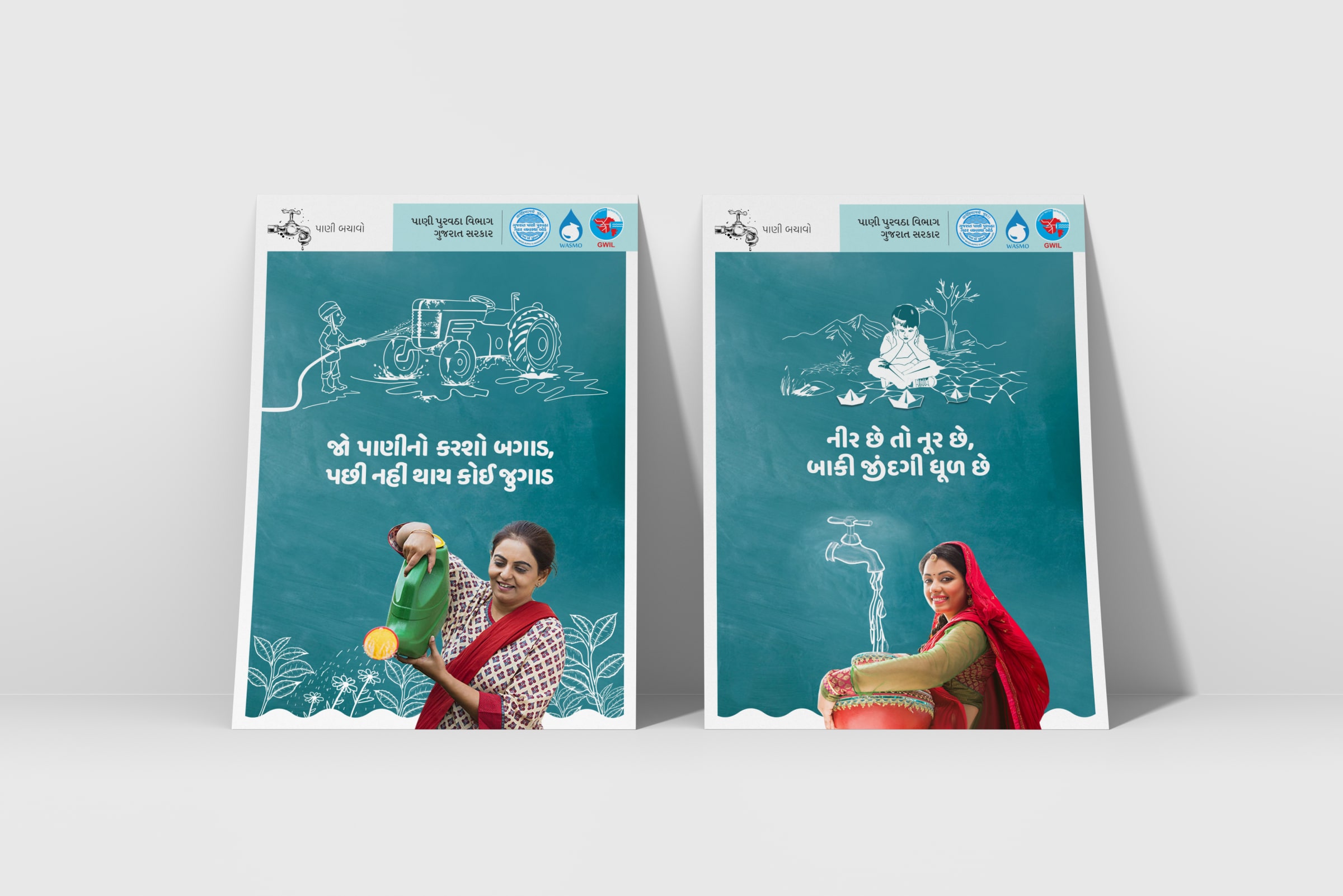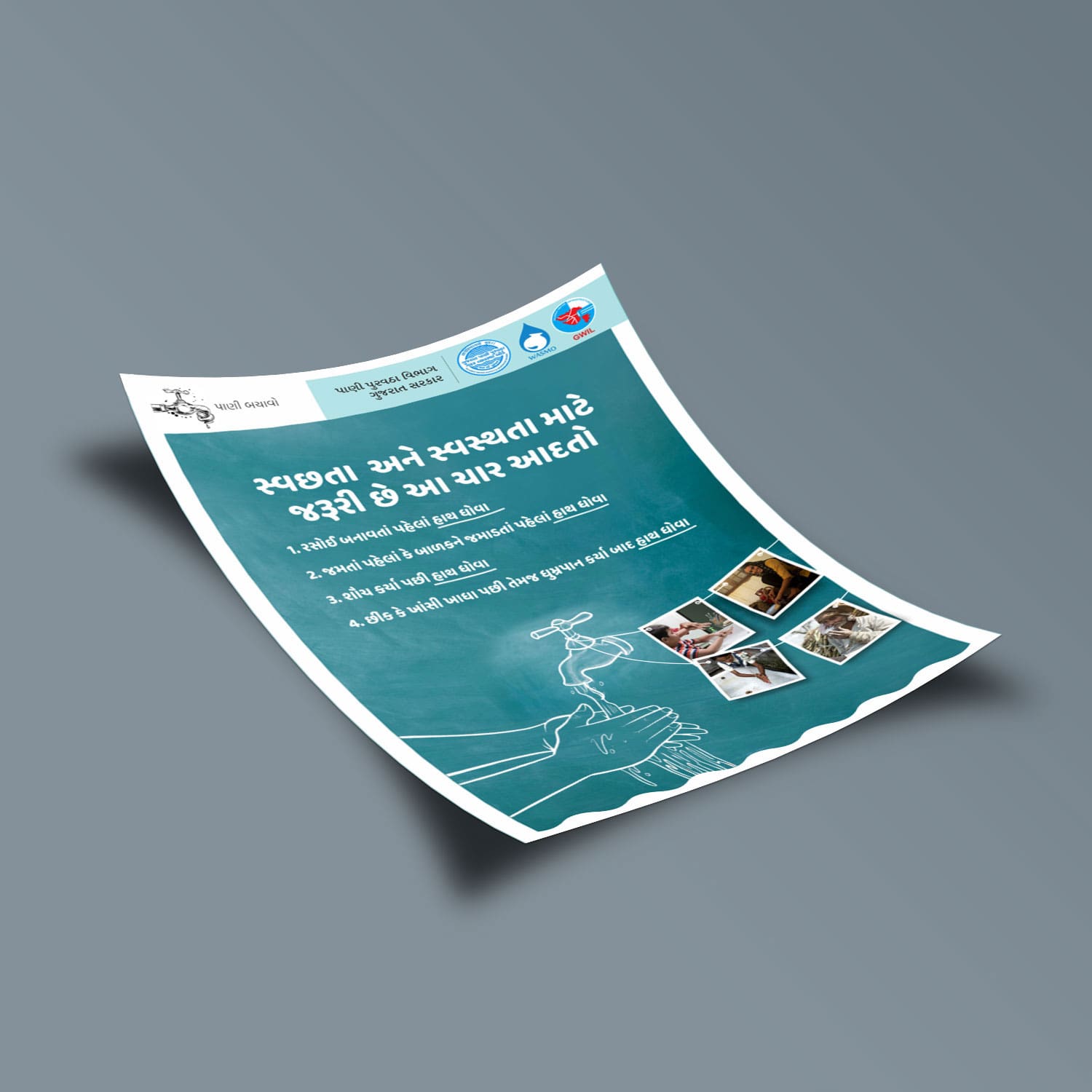Wasmo, a term deeply rooted in the cultural heritage of Somalia, holds significant importance in the country's traditional music and poetry. This guide will take you on a journey through the fascinating world of Wasmo, exploring its origins, cultural significance, and modern-day relevance. Whether you're a cultural enthusiast, a music lover, or simply curious about Somali traditions, this comprehensive article will provide valuable insights into this unique art form. As we delve deeper into the topic, you'll discover how Wasmo has evolved over time while maintaining its authentic essence, making it an integral part of Somali cultural identity.
Throughout history, Wasmo has served as more than just entertainment; it has been a powerful medium for storytelling, social commentary, and cultural preservation. In today's digital age, where cultural heritage often risks being diluted, understanding and appreciating traditional art forms like Wasmo becomes increasingly crucial. This article aims to provide a thorough examination of Wasmo, incorporating expert insights and reliable sources to ensure accurate and trustworthy information.
The significance of Wasmo extends beyond mere artistic expression. It represents a vital connection to Somalia's past while simultaneously influencing contemporary culture. As we explore various aspects of Wasmo, we'll examine its role in modern society, its impact on younger generations, and how it continues to shape cultural discourse. This comprehensive guide will equip you with in-depth knowledge about Wasmo, making it an invaluable resource for anyone interested in Somali culture and traditions.
Read also:Mia Z Vs Girthmaster A Comprehensive Comparison For Your Fitness Journey
Table of Contents
- Historical Origins of Wasmo
- Cultural Significance and Social Impact
- Musical Characteristics and Performance Style
- The Modern Evolution of Wasmo
- Influential Wasmo Artists and Their Contributions
- Educational Value and Cultural Preservation
- The Global Reach of Wasmo
- Challenges Facing Wasmo in Contemporary Society
- Future Prospects and Adaptation
- Conclusion and Call to Action
Historical Origins of Wasmo
Wasmo traces its roots back several centuries in Somali history, emerging as a distinct art form during the pre-colonial era. The exact origins of Wasmo are difficult to pinpoint, as its development occurred organically through oral traditions passed down through generations. Historical records and scholarly research indicate that Wasmo initially served as a form of court poetry, performed primarily in royal courts and during significant social gatherings.
The evolution of Wasmo can be divided into three distinct phases:
- Traditional Phase (Pre-19th Century): Characterized by strict adherence to poetic structures and limited musical accompaniment
- Colonial Influence (Late 19th - Mid 20th Century): Incorporation of new instruments and styles due to external cultural influences
- Modern Era (Post-Independence): Fusion with contemporary music genres while maintaining traditional elements
Several historical events significantly shaped the development of Wasmo:
- The establishment of trade routes with Arabian Peninsula brought new musical influences
- Colonial period introduced Western musical elements that were selectively incorporated
- Post-independence era saw a resurgence of interest in traditional arts
Cultural Significance and Social Impact
Wasmo holds a unique position in Somali society, serving multiple roles that extend far beyond mere entertainment. Its cultural significance can be understood through several key aspects:
Role in Social Gatherings
Wasmo performances traditionally mark important social events, including weddings, religious celebrations, and community gatherings. The art form helps strengthen social bonds and preserves cultural identity through:
- Community engagement during performances
- Transmission of cultural values and norms
- Platform for social commentary and discussion
Gender Dynamics in Wasmo
Interestingly, Wasmo has historically been performed primarily by women, making it a significant space for female artistic expression in traditional Somali society. This aspect has evolved over time:
Read also:Hdhub4u Earth A Comprehensive Guide To Streaming And Downloading Highquality Content
- Traditional female dominance in Wasmo performances
- Emergence of male performers in modern adaptations
- Changing gender roles reflected in contemporary Wasmo themes
Musical Characteristics and Performance Style
Understanding the technical aspects of Wasmo provides valuable insight into its unique appeal. The art form combines several distinct elements:
Musical Structure
Wasmo follows specific structural patterns that distinguish it from other Somali musical traditions:
- Poetic meter: Typically follows traditional Somali poetic structures
- Melodic patterns: Characterized by distinctive scales and modes
- Rhythmic framework: Maintains consistent rhythmic cycles throughout performances
Instrumentation
Traditional Wasmo performances feature specific instruments that complement the vocal delivery:
- Oud: Provides melodic foundation
- Drums: Establish rhythmic patterns
- String instruments: Enhance harmonic structure
The Modern Evolution of Wasmo
The contemporary landscape of Wasmo reflects a fascinating blend of tradition and innovation. Modern adaptations have emerged through various channels:
Technological Influence
Advancements in technology have significantly impacted Wasmo's evolution:
- Digital recording and distribution platforms
- Social media promotion and global reach
- Modern production techniques while maintaining authenticity
Cross-Cultural Collaborations
Wasmo artists have increasingly engaged in international collaborations, resulting in:
- Fusion with other musical genres
- Participation in global music festivals
- Increased international recognition and appreciation
Influential Wasmo Artists and Their Contributions
Several artists have played pivotal roles in shaping and promoting Wasmo throughout history. Their contributions have helped preserve and evolve the art form:
| Artist Name | Period Active | Major Contributions | Legacy |
|---|---|---|---|
| Khadija Mohamed Dahir | 1950s-1980s | Revitalized traditional Wasmo styles | Inspired new generation of female artists |
| Ali Sugule | 1970s-Present | Modernized Wasmo instrumentation | Bridged traditional and contemporary styles |
| Fatima Ahmed | 1990s-Present | Introduced digital production techniques | Expanded Wasmo's global audience |
Educational Value and Cultural Preservation
Wasmo serves as a vital tool for cultural education and preservation, particularly in maintaining Somali language and traditions:
Language Preservation
Through Wasmo, traditional Somali language and dialects are kept alive through:
- Use of classical Somali vocabulary
- Preservation of traditional poetic structures
- Documentation of regional linguistic variations
Cultural Transmission
Wasmo plays a crucial role in passing down cultural knowledge through:
- Storytelling of historical events
- Transmission of moral values
- Preservation of cultural narratives
The Global Reach of Wasmo
In today's interconnected world, Wasmo has expanded its influence beyond Somalia's borders:
International Recognition
Wasmo has gained global attention through:
- World music festivals
- International cultural exchange programs
- Academic research and documentation
Diaspora Communities
Global Somali communities have played a significant role in promoting Wasmo internationally:
- Cultural events in diaspora communities
- Online platforms for global reach
- Collaborations with international artists
Challenges Facing Wasmo in Contemporary Society
Despite its cultural significance, Wasmo faces several challenges in modern times:
Generational Shift
The younger generation's changing preferences present challenges:
- Competition from global music genres
- Decreasing interest in traditional art forms
- Need for modern adaptations to maintain relevance
Preservation Concerns
Efforts to preserve Wasmo face obstacles such as:
- Documentation of traditional styles
- Funding for preservation initiatives
- Balancing modernization with authenticity
Future Prospects and Adaptation
The future of Wasmo looks promising through strategic adaptation and innovation:
Technological Integration
Embracing technology can help Wasmo reach new audiences:
- Digital archiving of traditional performances
- Virtual reality experiences
- Online education platforms
Community Engagement
Strengthening community ties can ensure Wasmo's continued relevance:
- Workshops and educational programs
- Community-based preservation initiatives
- Collaboration with educational institutions
Conclusion and Call to Action
Throughout this comprehensive exploration of Wasmo, we've uncovered its rich historical roots, cultural significance, and evolving nature in modern society. From its traditional origins to its contemporary adaptations, Wasmo remains a vital component of Somali cultural heritage, serving as both an artistic expression and a means of cultural preservation.
The future of Wasmo depends on our collective efforts to preserve and promote this unique art form. We encourage readers to engage with Wasmo through various means: attend performances, explore digital archives, or participate in cultural events. Your involvement can help ensure that this important cultural tradition continues to thrive for future generations.
We invite you to share your thoughts and experiences with Wasmo in the comments section below. Have you attended a Wasmo performance? How has this article enhanced your understanding of Somali cultural traditions? Additionally, explore our other articles on traditional art forms and cultural heritage to deepen your knowledge of global cultural expressions.

